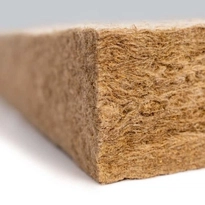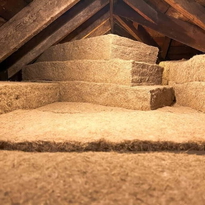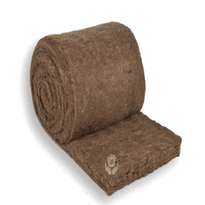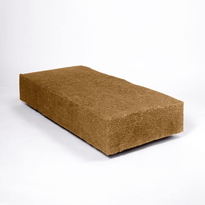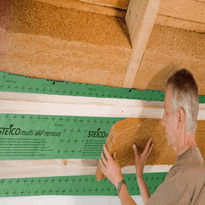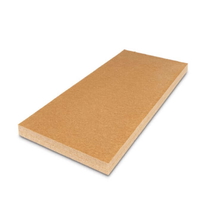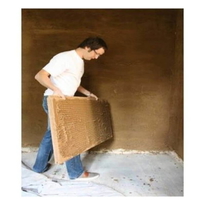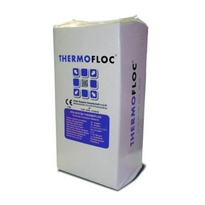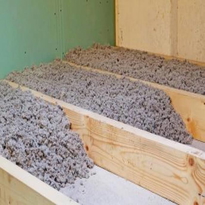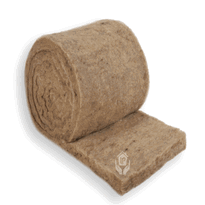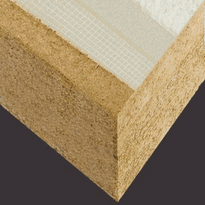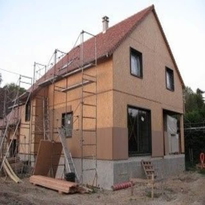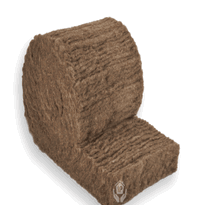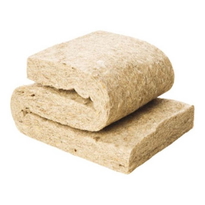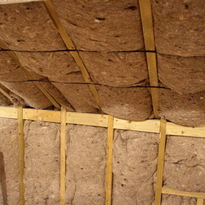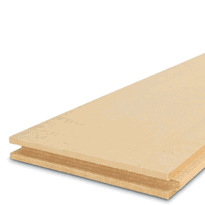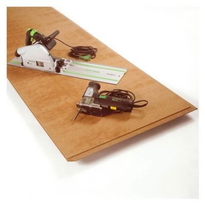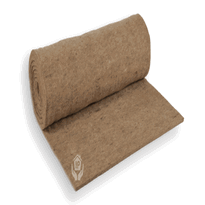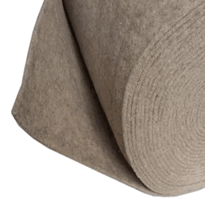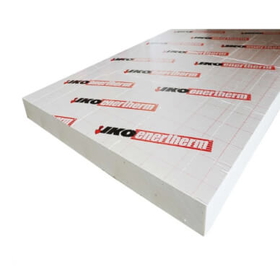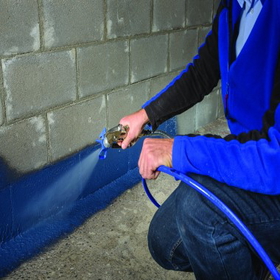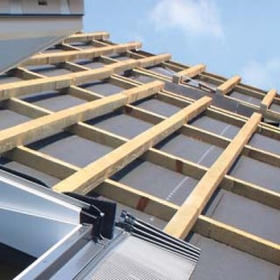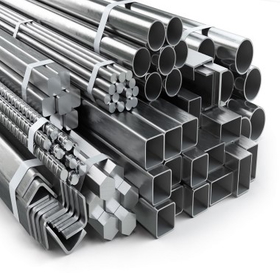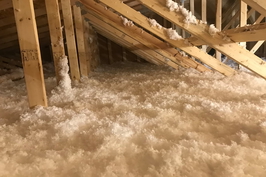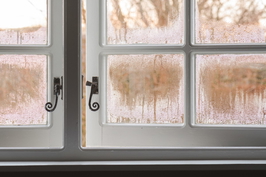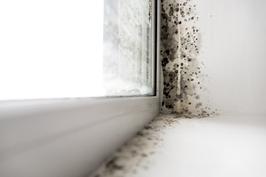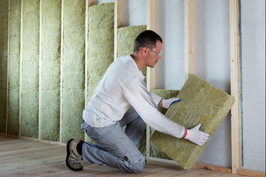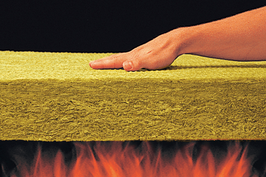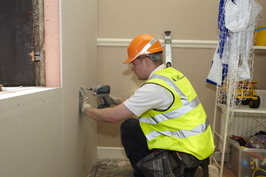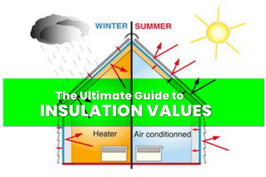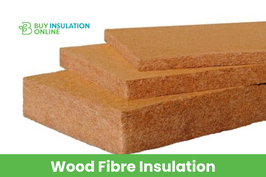Eco Insulation
Buy Insulation Online, brings you a range of natural or eco-insulation products like hemp wool insulation, sheep wool insulation. Carpet underlays, all of which help save energy and money, naturally! Sustainable insulation products sourced from nature, carbon-negative products made without harming the environment in any way. Check out our eco-insulation range today for a healthier tomorrow!
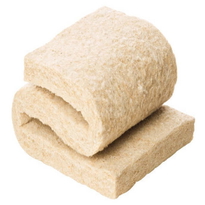
Thermafleece Natrahemp - Natural Hemp Insulation Slabs (Multiple Slabs Per Pack)
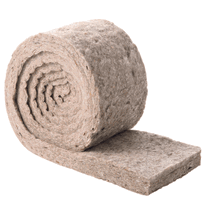
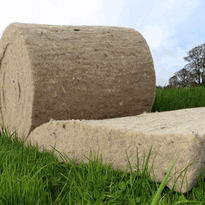
Thermafleece Cosywool - Sheep wool Insulation Roll (Multiple Rolls Per Pack)
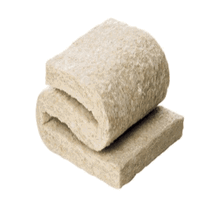
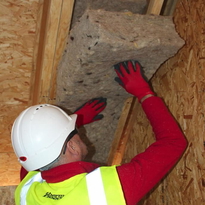
Thermafleece Cosy Wool - Sheepwool Insulation Slab (Multiple Slabs Per Pack)
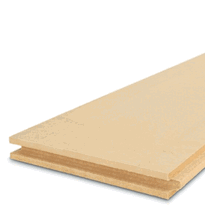
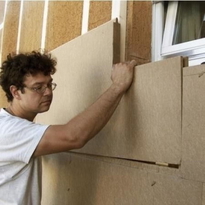
Steico Duo Dry - Plaster/ Render Carrier Board - Pallet Quantities - 2230 x 600mm
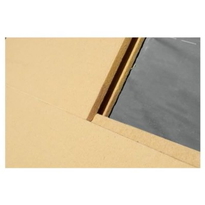
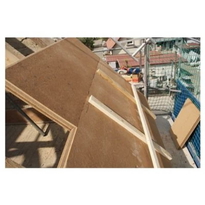
Steico Special Dry Sarking Board - Pallet Quantities - 2230 x 600mm
Similar Categories
Eco Friendly Insulation: Natural Solutions for Your Home's Interior Walls Insulation
Looking for a way to insulate your home while minimising environmental damage? Finding eco-friendly home solutions is crucial in an era of increasing environmental awareness. One area where eco-conscious choices can significantly impact is interior insulation. Furthermore, using materials can create a more energy-efficient and environmentally friendly living space.
Eco-friendly insulation could be the perfect solution for you. Made from natural materials, eco fiendly and sustainable insulation provides an alternative to traditional materials often derived from non-renewable resources. Read on to find out more about what eco-friendly insulation is, how it works, and the benefits it provides.
What is Eco Friendly Insulation?
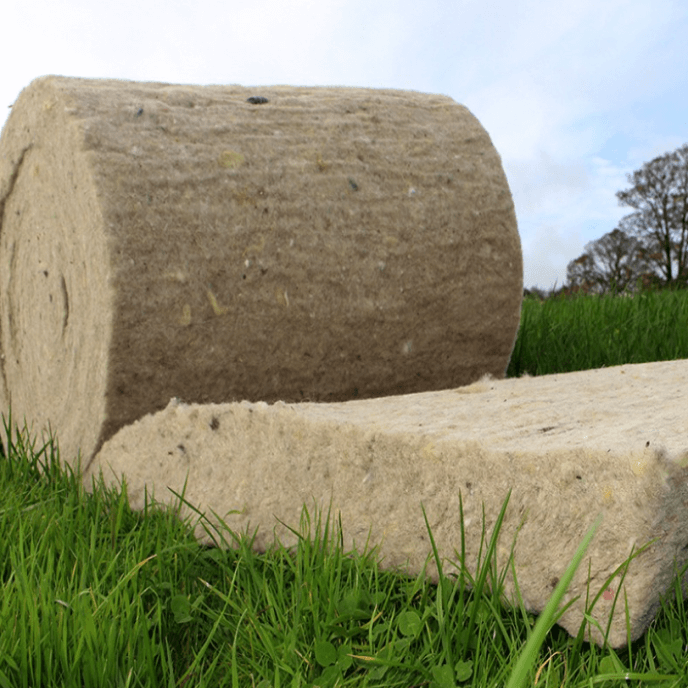 Eco-friendly insulation is a term used to describe construction materials designed to have as little negative environmental impact as possible while providing effective thermal and acoustic insulation. In contrast to traditional insulation methods, which typically employ dangerous chemicals or non-renewable materials, eco-friendly insulation uses natural and sustainable resources. Plant fibres, recycled materials, or renewable resources like hemp or wool may be used to create these products.
Eco-friendly insulation is a term used to describe construction materials designed to have as little negative environmental impact as possible while providing effective thermal and acoustic insulation. In contrast to traditional insulation methods, which typically employ dangerous chemicals or non-renewable materials, eco-friendly insulation uses natural and sustainable resources. Plant fibres, recycled materials, or renewable resources like hemp or wool may be used to create these products.
Choosing natural insulation for your house is a win for the environment on two fronts. By designing a home with a better thermal envelope, you'll not only lower your energy costs and carbon emissions, but you'll also utilise materials that have low embodied carbon, are sustainably produced, recyclable, or biodegradable, preventing them from ending up in landfills.
Types of natural materials
Let's check out some of the eco insulation:
- Wool insulation: Derived from sheep's wool, it is naturally fire-resistant, breathable, and has good insulating properties.
- Cotton insulation: Made from recycled cotton fibres, it is treated with borates for fire and insect resistance.
- Hemp insulation: Derived from hemp fibres, it is non-toxic, mould-resistant, and provides good thermal insulation
- Wood Fibre Insulation: Derived from natural wood fibres, it has excellent insulating properties.
Benefits of Eco-friendly Insulation
Insulation is a topic usually discussed in discussions about sustainable housing. You might be wondering at this point if the information matters. Let's check some of the benefits that come along with eco-friendly insulation.
First of all, renewable and sustainable natural materials are used for insulation. They are frequently made from sustainable resources like cotton, wool, recycled paper, or plant fibres. Natural substitutes for conventional insulation that relies on fossil fuels can lessen reliance on non-renewable resources, making them a more sustainable solution.
Secondly, natural materials for insulation offer outstanding energy efficiency. Since they reduce heat transmission through walls and maintain constant interior temperatures, they provide good thermal performance. This also has economic benefits because it reduces energy use and utility costs.
Additionally, natural materials can control moisture. Some materials, like wool, can absorb and release moisture, which helps control home humidity levels. Limiting the formation of mould or mildew, this function helps create a healthier indoor environment.
Natural materials also provide effective sound insulation. They offer sound-absorbing properties that lessen noise transfer between rooms. This can be especially useful in residences or urban settings where soundproofing is sought.
In addition, natural materials frequently have built-in fire resistance. Wool fibre insulation is a safer option in the case of a fire since it is inherently flame-resistant. Some natural materials can also be treated with non-toxic fire-retardant compounds to increase fire resistance.
Another benefit of natural insulation in the UK is its environmentally sustainable manufacture. Compared to synthetic alternatives, these materials often undergo less processing and require less manufacturing energy. As a result, there is a decrease in the manufacturing phase's environmental effect and carbon footprint.
Finally, yet importantly, natural materials are frequently recyclable or biodegradable at the end of their useful lives. This guarantees they can be disposed of properly, reducing waste and promoting a circular economy.
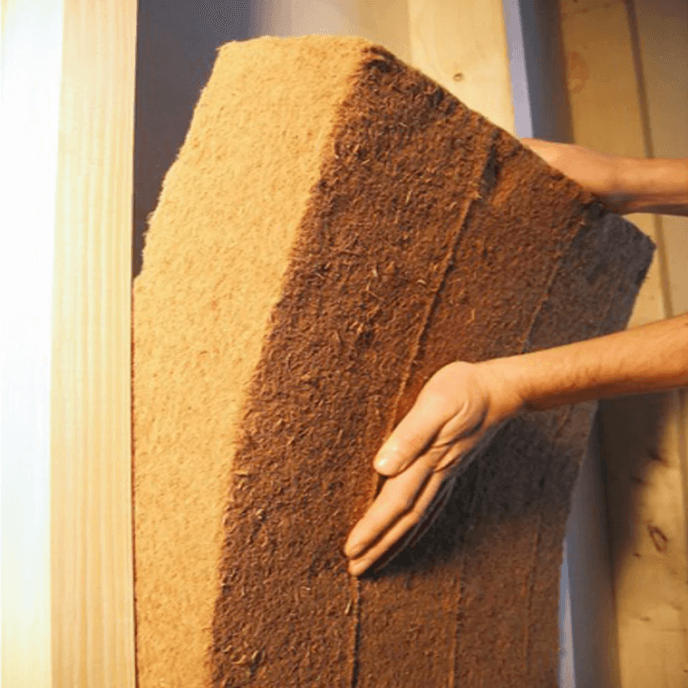 Installation Methods and Considerations
Installation Methods and Considerations
Installing and other safety considerations may not be a walk in the park for everyone. There are several approaches and factors to consider when installing the best natural insulation for interior walls. The optimal installation technique and material for your needs should be determined via study and professional consultation. Maximising the benefits of natural insulation and providing a cosy, energy-efficient house depend on proper installation.
For more complicated tasks, it is strongly advised to use a professional installer. Hiring skilled installers guarantees that the insulation is done accurately, with adequate coverage and few problems. Professionals are more equipped than laypeople to manage the installation procedure correctly.
Additionally, one should consider applicable building requirements and regulations before installing natural insulation. Standards for fire safety and the types of insulation that must be used may vary depending on the location. Ensuring compliance with certain rules is crucial for a legal and safe installation.
Furthermore, considerations for pests and moisture are equally important. Before adding insulation, address any current moisture problems and ensure adequate moisture barriers and ventilation. Pest infestations can be avoided by using materials that have been pest-resistant treatment.
Lastly, based on the climatic and energy efficiency objectives, consider the needed material thickness and R-value (thermal resistance). Depending on the location, the applicable building norms, and the intended energy efficiency standards, different thicknesses and R-value criteria may apply.
Common Steps for Installing Eco-friendly Insulations
They include:
- Cleaning trash remaining from the walls is the first step in preparing the workspace.
- Calculate the measurements of the wall cavities or other locations where the insulation will be put, then cut the material to those specifications. The eco-friendly material should be cut into proportions to suit the cavities, ensuring a secure fit.
- Wear the required personal protective equipment, such as gloves, a mask, and goggles, to prioritise safety. By taking these safety measures; you may avoid any discomfort or health hazards from handling materials.
- Sealing: Using the proper sealants or tapes, seal any cracks, gaps, or holes in the insulation.
- Install a vapour barrier if it's necessary to restrict the passage of moisture in your insulating material or environment. To prevent moisture-related problems, create a tight seal and follow the manufacturer's positioning instructions.
- Finishing: Replace any removed wall coverings, such as plasterboard or panelling, once the insulation has been laid to avoid compressing or disturbing the insulation.
Tips for Maximising Insulation Performance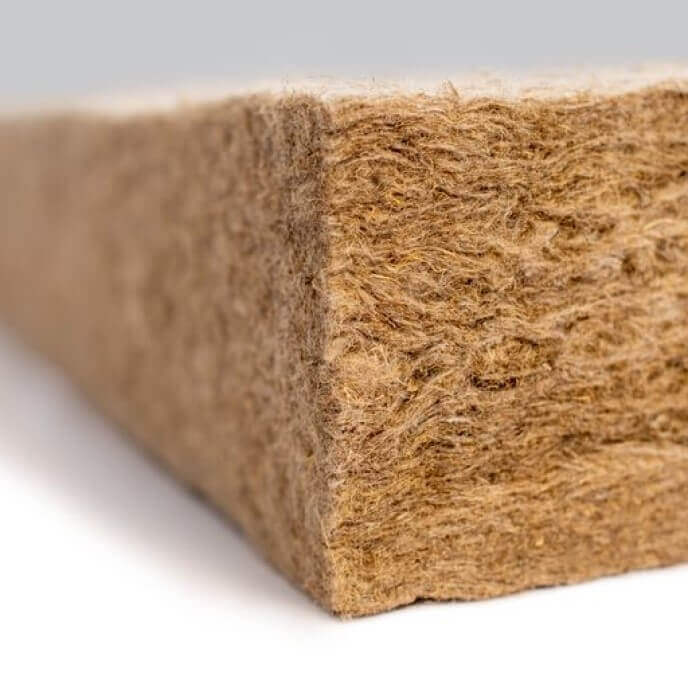
Everyone wants the best! Eco-friendly insulation is always ready to serve its users with better thermal performance as long the user follows some tips. Firstly, the insulation's efficacy in your home's internal walls must be maximised through proper installation. Ensure the insulation is fitted properly, according to the manufacturer's recommendations. This will lessen the possibility of holes, gaps, or compression that might diminish its efficacy and jeopardise energy efficiency.
Secondly, fixing any air leaks in the walls is crucial before adding insulation. Caulk or weather stripping can fill up gaps and cracks to stop airflow. Doing this increases energy efficiency and reduces heat loss, enabling the insulation to function more efficiently.
Thirdly, thermal bridging can make insulation less effective. Utilise insulating materials with high R-values to minimise thermal bridging. Consider incorporating thermal breaks to lessen heat transmission through structural elements like studs or joists. As a result, insulating continuity is maintained, and energy efficiency is increased.
In addition, installing a vapour barrier on the warm side of the insulation is advised in locations prone to dampness. This barrier lowers the possibility of rot or mould by preventing moisture from condensing inside the wall hollow. Pay attention to moisture control to preserve the insulation's durability and effectiveness.
On top of that, the insulation needs to be regularly inspected and maintained. Watch for any indications of settling or damage. Repair or replace broken insulation immediately to keep it functioning properly and stop energy loss.
Another thing to think about is HVAC system integration. Coordinate the insulation installation with HVAC components to guarantee effective sealing and insulation of ductwork and vents. By doing this, energy loss is reduced, and the temperature in the house is consistently maintained.
The above pointers/tips can help you get the most out of the insulation in the internal walls of your house. This will increase comfort, better energy efficiency, and lower utility bills, creating a more comfortable and sustainable living environment.
Comparison between Eco-friendly Insulation and Other Insulations
When comparing eco-friendly insulation to other types of insulation, several key differences emerge. Here is a comparison table highlighting the distinctions between eco-friendly insulation and conventional insulation:
|
Aspect |
Eco-Friendly Insulation |
Conventional Insulation |
|
Material Composition |
Natural or recycled materials (lamb's wool, wood fibre etc.) |
Synthetic materials (Fibreglass, Foam etc.) |
|
Sustainability |
Utilizes renewable resources |
Relies on fossil fuel-based materials |
|
Energy Efficient |
Comparable or superior thermal performance |
Aims to enhance energy efficiency |
|
Environmental Impact |
Lower environmental impact |
Higher environmental impact |
|
Indoor Air Quality |
Low or zero VOC emissions |
May release volatile organic compounds |
|
Moisture Regulation |
Some materials have hygroscopic properties for moisture control |
It may require additional measures for moisture regulation |
|
Cost |
Comparable to slightly higher than conventional options |
Generally competitive or lower than eco-friendly options |
|
Fire Safety |
Some materials are naturally fire-resistant |
May require fire-retardant treatments |
Resilience and Durability of Eco-Friendly Insulation
When installing the eco home insulation, we all want something lasting for years. Thus, when selecting insulation for the inside walls of your home, resilience and durability are essential variables to consider. Long-term performance and energy efficiency depend on the insulating material's ability to endure various circumstances and sustain its efficacy over time. Taking a deeper look at the significance of durability and resilience in insulating
When insulation is resilient, it means it can regain its shape and insulating qualities after being compressed or under strain. Highly resilient materials can keep their thickness and insulating effectiveness when subjected to external factors like settling or vibrations within the structure. This guarantees the insulation maintains a strong thermal barrier without creating air gaps or losing effectiveness.
The capacity of an insulating material to survive wear, tear, and deterioration over time is referred to as durability. For insulation to keep its insulating qualities and structural integrity, it must withstand moisture, mould, pests, and physical damage. Durable materials can survive the difficulties of installation and those of the building's lifetime without suffering substantial damage.
Assessing the material's resistance to pests, moisture, mould, and fire is crucial when considering resilience and durability. Making an informed choice also requires knowing the estimated lifespan of the insulating material and any unique maintenance requirements. Additionally, different types of insulation have varied degrees of toughness and resilience. For instance, resilient materials like insulation made of wool and hemp are well-known for their ability to regain their form and thickness even after compression.
Frequently Asked Questions:
Q: What is eco-friendly insulation?
Eco-friendly insulation refers to materials that are sustainable, non-toxic, and have a low carbon footprint. These materials are made from renewable resources and are designed to minimize environmental impact.
Q: What are some natural solutions for internal wall insulation?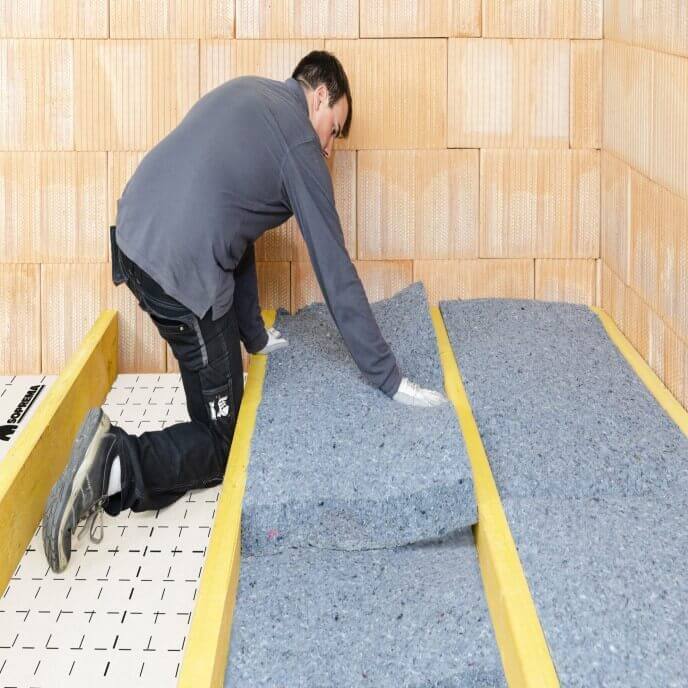
Some natural solutions for internal insulation include wood fibre insulation, hemp insulation, and sheep's wool insulation. These materials are eco-friendly alternatives to synthetic materials and provide excellent thermal performance.
Q: How does eco-friendly insulation help in reducing heating bills?
Eco-friendly insulation helps reduce heating bills by improving the thermal efficiency of the building. It acts as a barrier to heat transfer, preventing heat from escaping during the winter and entering during the summer. This reduces the need for artificial heating and cooling, resulting in lower energy consumption and cost savings.
Q: Can eco-friendly insulation be used in existing properties?
Yes, eco-friendly insulation can be used in existing properties. Various retrofit insulation solutions can be installed on older homes' roofs and floors. These solutions help improve energy efficiency and comfort levels without major renovations.
Q: What is the difference between internal and external insulation? Are there eco insulation options for external wall insulation?
Internal insulation refers to the insulation of the interior surfaces of external walls, typically done by adding insulation boards or applying materials to the inner side of the walls. External insulation involves adding an insulating layer to the exterior of the walls, providing a thermal barrier and improving the external appearance of the building. There are eco insulating options for external wall insulation like the sarking boards for example
Q: Are there eco-friendly insulation options for roofs?
Yes, there are eco-friendly insulation options for roofs. Wood fibre, hemp, and recycled insulation can be used to insulate roofs. These materials offer excellent thermal performance and are environmentally friendly alternatives to traditional materials.
Conclusion
In a nutshell, eco-friendly insulation offers a responsible and sustainable way to upgrade the inner walls of your home. Using natural solutions like wool, cotton, hemp, and other renewable materials, you may increase energy efficiency while lowering your environmental impact. These environmentally friendly insulation alternatives guarantee a cosy and healthy living environment by effectively controlling moisture, sound, and temperature.
Additionally, they aid in conserving priceless resources and reducing greenhouse gas emissions and energy usage. To explore a wide selection of eco-friendly materials and start your journey towards a greener home, visit our website. Make a positive impact on your home, the environment, and energy bills by choosing eco-friendly insulation from Buy Insulation Online.






